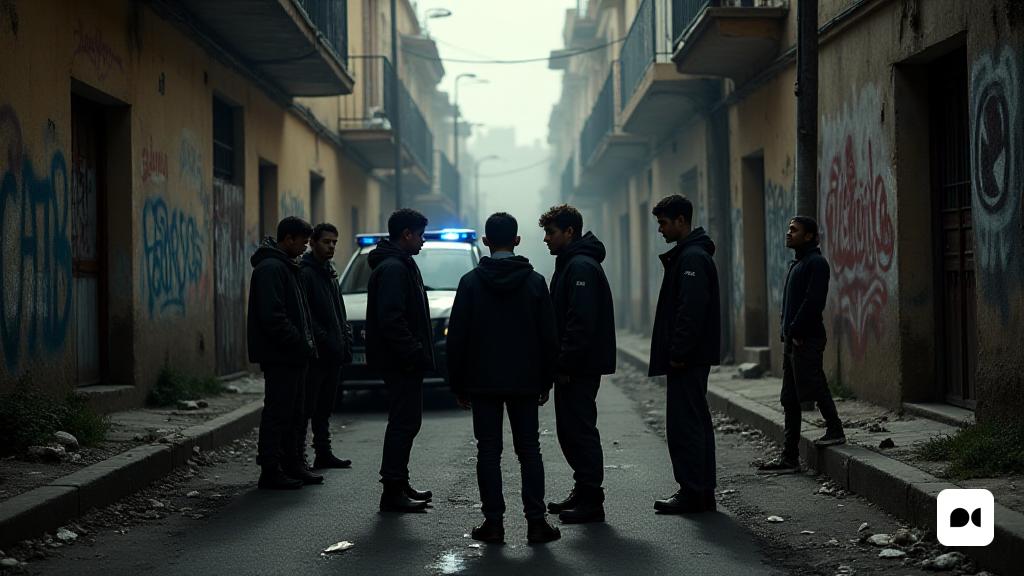A scenario of growing violence
Recently, the city of Lleida has witnessed a new episode of violence that has again raised alarms on the situation of public order in Catalonia. This incident joins a series of riots that have shaken several localities, including Salt and Mataró, revealing a disturbing tendency in neighborhoods that seem to be losing social control.
Barricades in critical areas
Zones such as Font de la Polvora, Cerdanyola and Mariola approach the line of non-go areas, those spaces where the police presence is practically non-existent and the laws are dictated by autonomous groups. These areas, comparable to those that can be found in countries such as France or Sweden, have become mini-states that challenge government authority.
The repetition of a pattern
The problem is not new; Neighborhoods such as La Mina, Sant Cosme and La Florida have been scenarios of similar conflicts for years. However, the expansion of these incidents to new areas suggests a wider pattern that could be rooted in Catalonia.
Recent incidents
The violence in Font de la Polvora began with a shooting that triggered a series of riots related to conflicts between clans. The situation has continued to get worse, affecting other localities such as Figueres. Also, the riots in Salt have been attributed to tensions with the migrant community, reflecting the complexity of the factors that feed this crisis.
Political and social reaction
Vox leader Ignacio Garriga has expressed concern about the deterioration of public security, responsible for the current government of the situation. At the same time, the PSC has sought to implement measures to deal with crime, but its actions seem insufficient in the face of the aggravation of the crisis.
The consequences of year of complicity
The inaction of the previous governments has created a climate of impunity that has allowed the growth of counter -coaching. The degradation of police authority and increasing violence have led many neighbors to leave their neighborhoods, turning areas that were formerly safe into ghettos.
An uncertain future
With the increase in crime and the decomposition of the social fabric, the danger of establishing non-go areas is becoming more and more real. The current situation not only affects the image of Catalonia, but also threatens the security and well -being of its citizens. Without an effective and determined response, the panorama can only get worse.

